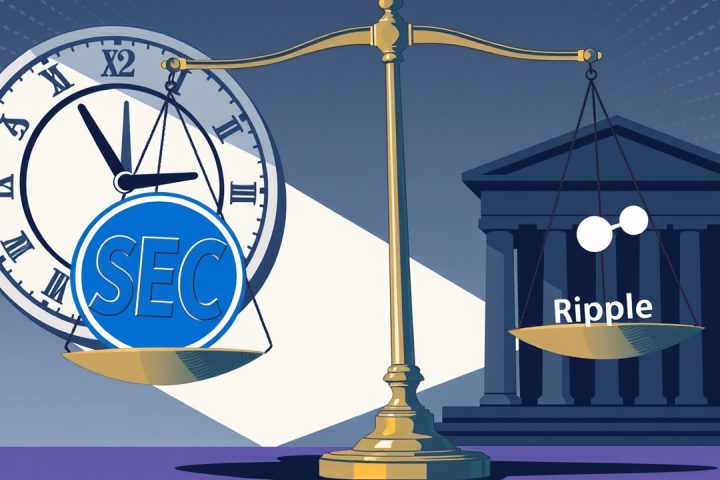Support for Layer 2 Solutions
Vitalik Buterin, a key figure behind Ethereum, has publicly supported Coinbase’s Base blockchain in response to ongoing critiques. He advocates that Layer 2 solutions offer robust security that relies on Ethereum’s foundational layer, contradicting claims that they function merely as advanced server systems. Buterin’s remarks emerged amidst a growing misunderstanding surrounding L2Beat’s role as a security evaluator and confusion regarding Layer 2 custody implications.
Non-Custodial Characteristics of Base
He affirmed that Base holds true non-custodial characteristics, ensuring users maintain control over their assets via smart contract functionalities on Ethereum’s primary blockchain. This defense comes at a crucial time when Ethereum grapples with discussions around its economic viability and the impending December 3 Fusaka upgrade, which is expected to enhance its infrastructure.
Challenges Facing Layer 2 Platforms
Layer 2 platforms are currently navigating increased scrutiny that targets their centralized aspects despite offering improved user experience. Notable events, such as Sony’s Soneium network censorship attempts and the shutdown of dYdX v3, have underscored both the vulnerabilities and the safeguarding features inherent in contemporary Layer 2 structures.
In particular, the experience following the dYdX v3 halt served as a tangible demonstration of Layer 2 escape routes functioning correctly. Users were able to retrieve over $70 million that had been locked up through StarkEx’s “Escape Hatch” feature, with $30 million successfully withdrawn via L2Beat’s open-source framework.
This recovery required completing three Ethereum transactions along with a Merkle proof to validate asset conditions, showcasing the non-permissioned operation of the extraction process, aligning with Buterin’s assertions regarding the security of Layer 2 solutions.
Illustrating Security through Real-World Events
Moreover, during Sony’s attempts to obstruct certain tokens on the Soneium network, a developer managed to circumvent the sequencer and execute transactions directly on Ethereum’s main framework, thereby illustrating that the OP Stack design efficiently prevents enduring censorship, irrespective of the intentions of its operators. Although this workaround initially resulted in losses for token holders, it validated the OP Stack’s architecture, confirming that Layer 2 solutions inherit Ethereum’s essential security standards.
Economic Landscape and Future Projections
Turning towards Ethereum’s economic landscape, Buterin also addressed concerns surrounding on-chain revenue, which saw a significant drop of 44% to $14.1 million in August, even as ETH prices hit new heights. This decline illustrates the increasing challenges posed by Layer 2 adoption, which has reduced the fee generation capacity of Ethereum’s base layer.
In his analysis of Layer 2 security, Buterin outlined a phased approach toward decentralization, proposing that the gradual transition from centralized governance to an entirely decentralized model is rational. He argued that hybrid security councils are critical during the early stages until a trustworthy proof system is established, requiring collective governance to thwart potential censorship or asset theft.
Fusaka Upgrade and Economic Resilience
The upcoming Fusaka upgrade is projected to address these challenges by improving Layer 2 functionalities and the original Ethereum network’s durability, aiming to reduce rollup operational costs while enhancing security, a feature that distinctly sets Ethereum apart from competitors with potentially less robust decentralization.
Buterin’s vision extends to building a stable economic base for Ethereum beyond speculative trading, emphasizing the need for lower-risk decentralized finance (DeFi) protocols as potential pillars for the network’s future revenue, similar to how Google Search underpins its wider operational funding. This model could facilitate sustainable yields on stablecoin investments, thereby promoting economic resilience without compromising Ethereum’s foundational principles.
As developers intensify their efforts towards solidifying Ethereum’s infrastructure for secure applications, they aim to foster a sustainable economic model, addressing the contemporary tension between Layer 2 growth and mainnet profitability.




